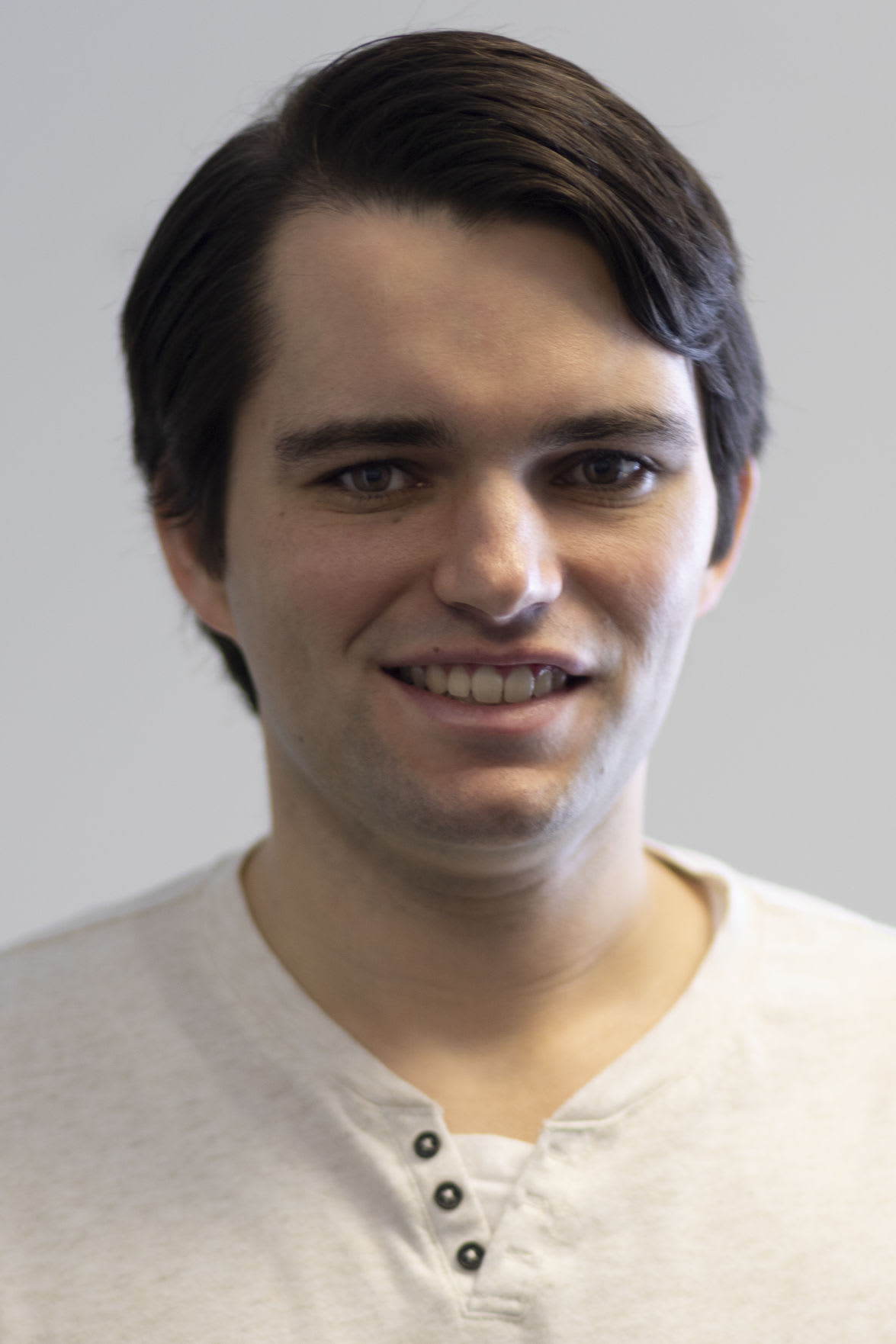To call Isaiah Foskey a plug-and-play replacement for Daelin Hayes at the vyper defensive end spot is true on the surface but misleading in the simplicity of the passage.
Yes, he’s the obvious candidate to slide into that spot. Yes, he’s the surefire starter there and is a physical prototype for the position, at 6-5 with firehose arms. Yes, he may have been the most gifted pass rusher on last year’s defense and finished second on team in sacks.
But the Hayes-to-Foskey transition is not one where head coach Brian Kelly and Notre Dame’s defensive staff can plop Foskey on the first-team defense and let him be. Rather, this offseason for Foskey heading into his junior year is a highly specific, rigorous construction process of a tantalizing player who in some ways was still a malleable piece of clay last season.
“We’re still in the work-in-progress with Isaiah, and I say that in a sense of we know what he can do off the edge,” Kelly said. “He has the ability to win off the edge. There are some things we have to continue to work on with him in terms of play after play, on the field, and that’s modifying and getting to know players now that they’re playing a lot more reps.”
In simpler terms: Notre Dame wants to build Foskey’s consistency and prepare him for the expanded duties that come with being the primary vyper end. His 2020 role put him in specific pass-rush situations and packages that were designed to bring out his burst and explosiveness. As his snaps go up, so will the plays in run defense and coverage. And with more pass-rush opportunity comes more expectations to produce at a higher level.
Foskey was efficient in his impact play rate on the whole. In 282 snaps last season, he had 4.5 sacks and 20 tackles — 1.5 and two more than Hayes, respectively, in about 150 fewer plays. His disruption was not evenly spread, though. There were reminders he still had another phase of development to do and was a full-time defensive end for only two years in high school.

“I watch a lot more film and try to get everything technical,” Foskey said. “Last year, I was going on the field just playing ball but not having everything technically sound in what I was doing.”
After registering 12 quarterback pressures in the first five games, per Pro Football Focus, he had six in the final seven outings. His pressure rate (18 pressures, 153 pass-rush snaps) of 11.8 percent was well behind Hayes’ 14.2 percent (33 pressures, 233 pass-rush snaps).
“I need to be more consistent in trying to get around the blocks and going through the blocks,” Foskey said. “I’m considered one of the better pass rushers on the team, but I need to be more consistent with that.”
That’s one part of his offseason evolution process. Another is preparing for more coverage responsibilities. Foskey had 25 coverage snaps in 2020, about half as many as Hayes, in Clark Lea’s defense. If spring practice clips of him and probable No. 2 vyper Jordan Botelho dropping into coverage are any indication, the position will be asked to cover in the flat in Marcus Freeman’s defense too.
It means more technical work for Foskey to soak up and master.
“I see corners doing it, chasing the hip and staying with them,” Foskey said. “It looks easy when they do it, but when you go out there it’s more challenging. That’s just more stuff I have to work on — getting hands on a guy when he’s about to break on a route, staying close to his hip.”
All told, Foskey’s snaps per game count could double from 23.5 last year. Hayes played 36 snaps per game last year, some of that due to Foskey’s presence. His predecessor, Julian Okwara, averaged 47.8 snaps in his eight full games in 2019 and 43.9 the year before. Preparing for the jump involves finding his ideal physical form too.
Now through nearly two full years of college, Foskey is past the point of needing to add weight in bulk like he did when he arrived as a 230-pound freshman. He says he has been steadily around 255 to 260 pounds since last season began (he’s listed at 257). Notre Dame is tapping into its technology to find out if that’s the right level for him as he sees the field more.
“We’re kind of in the middle of that process in molding him into what we want him to be physically,” Kelly said. “I don’t mean putting on more weight and taking off weight. A lot of this has to do with some of the science we use, some of our sports science and GPS to help him play at his optimal level play in and play out.
“We’re right in the middle of that in terms of getting him to his optimal level. We’ll have a really good base level when we get through spring in terms of how he trains in the offseason to get him to be the elite player we want him to be going into the fall.”
----
• Learn more about our print and digital publication, Blue & Gold Illustrated.
• Watch our videos and subscribe to our YouTube channel.
• Sign up for Blue & Gold's news alerts and daily newsletter.
• Subscribe to our podcast on Apple Podcasts.
• Follow us on Twitter: @BGINews, @BGI_LouSomogyi, @Rivals_Singer, @PatrickEngel_,and @AndrewMentock.
• Like us on Facebook.
